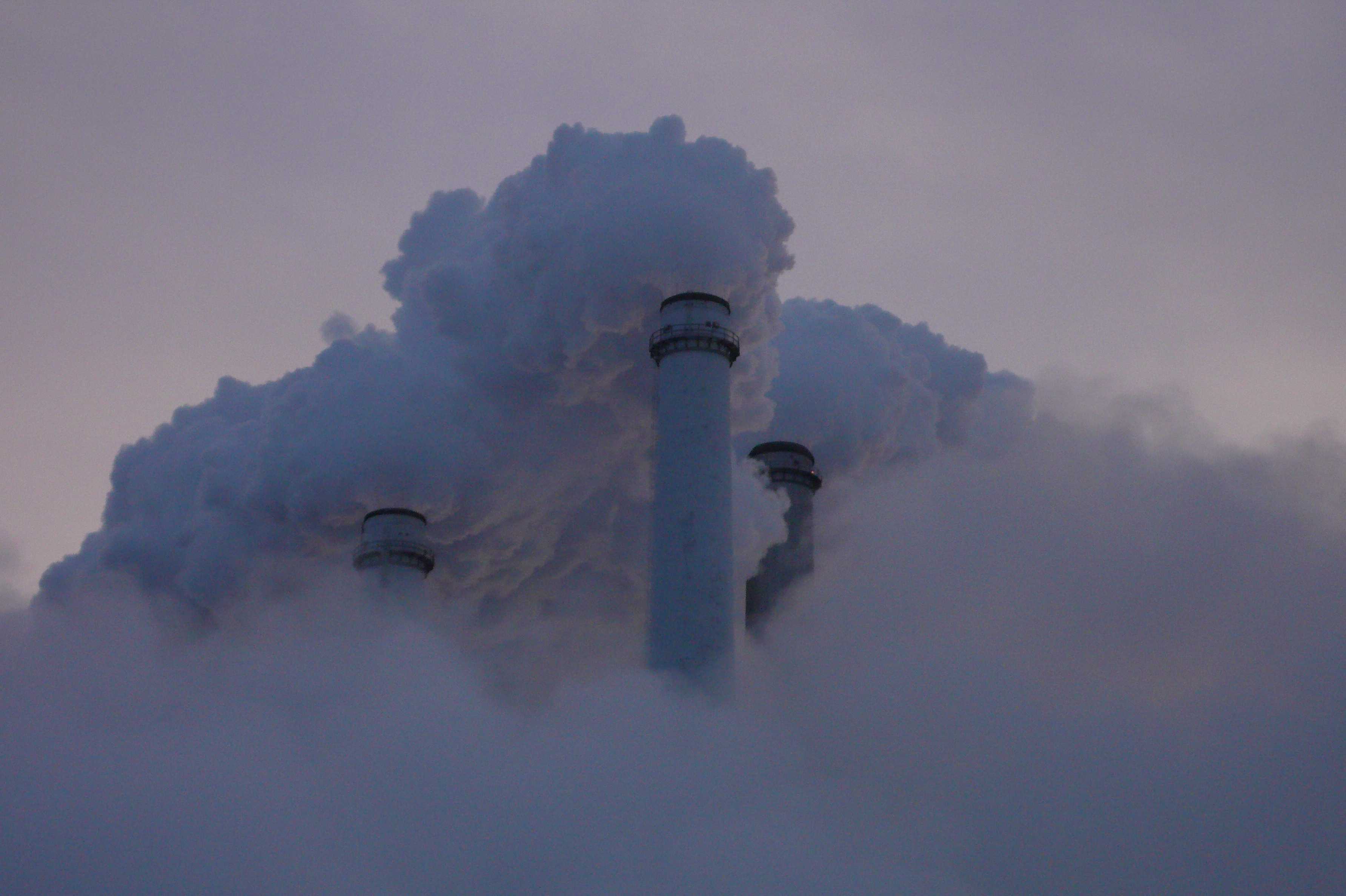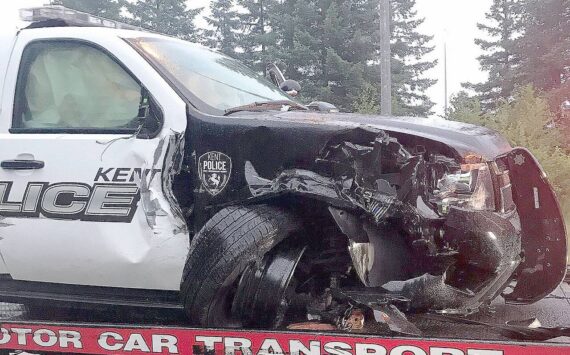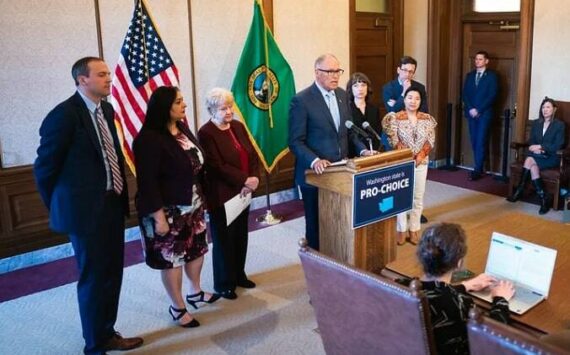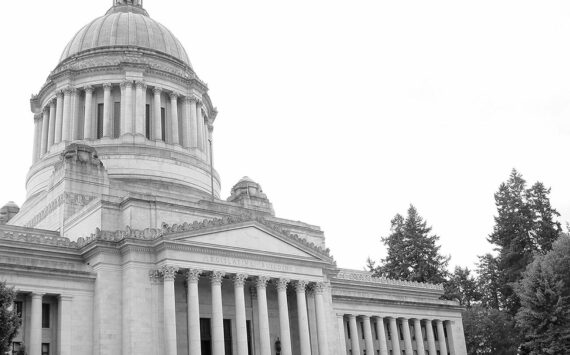Cap-and-trade seemed dead and buried among the year’s fallen legislative ideas — until it wasn’t this week.
Its adherents in the Democratic Party unearthed a retooled version of a bill that lapsed in regular session and are trying to revive it. There was to be a public hearing Thursday in the state House Appropriations Committee. They hope to pass it during this special session or the one likely to follow.
That’s going to require a lot of cardio-political resuscitation.
Gov. Jay Inslee proposed the concept that 37 Democrats introduced as House Bill 1314. But there were never enough votes in the 51-member Democratic caucus to pass it, so it quietly went away.
It doesn’t appear the situation is any different with the new revisions, but House Speaker Frank Chopp, D-Seattle, is going to let his members try again.
The goal of the bill is unchanged. It would set a maximum limit on carbon emissions for the state and over time would reduce that cap in pursuit of eliminating the heat-trapping gases associated with climate change.
It still would make the biggest producers of emissions pay for every ton of carbon they release.
And it is still predicted to generate $1.2 billion a year, of which $500 million would go to elementary and secondary schools and colleges.
But in one of the striking new features, the amended bill would reimburse those big polluters for much of their expenses.
One-fourth of the revenue, $333 million, is earmarked for rebates to oil refineries and fuel suppliers that top the list of polluters. As drafted, companies like Tesoro, Royal Dutch Shell and British Petroleum stand to receive rebates of 75 cents for every $1 they pay per ton of pollutants.
That means for every $1 that would be spent on education, 66 cents would be paid back to polluters. That’s hardly the two-fer Inslee originally envisioned for a cap-and-trade program.
In another change, the revised bill earmarks $193 million a year in payments to forest landowners who sell timber to Washington mills. In exchange, those landowners must agree to open up part of their property for public access.
There’s also money set aside to help “trade-exposed” and “energy-intense” industries that might be affected by the program, plus tax credits for truckers of agricultural and lumber products.
Supporters made these changes in hopes of securing votes from Democrats wary of cap-and-trade, especially those from rural areas where the timber industry is a major employer.
While these funding moves are one prong of their strategy, another is fear that a 2016 voter initiative by environmentalists could pack a greater economic wallop to companies large and small.
“Our proposal is less harsh and negotiable, where their initiative isn’t,” said Rep. Joe Fitzgibbon, D-Seattle, chairman of the House Environment Committee and sponsor of the bill.
“We’ve always expected there to be one or more ballot measures,” he said. “With this, businesses get a chance to decide if they want to roll the dice.”
Brandon Housekeeper, government affairs director of the Association of Washington Business, said members in the statewide organization won’t be baited into accepting a bad idea.
“We’re not going to do something that we think is bad for business because of a threat of a ballot measure,” he said, adding that businesses are not afraid of making their case to voters.
With a cap-and-trade bill still gasping for political life, AWB might want to start making plans to do so.








